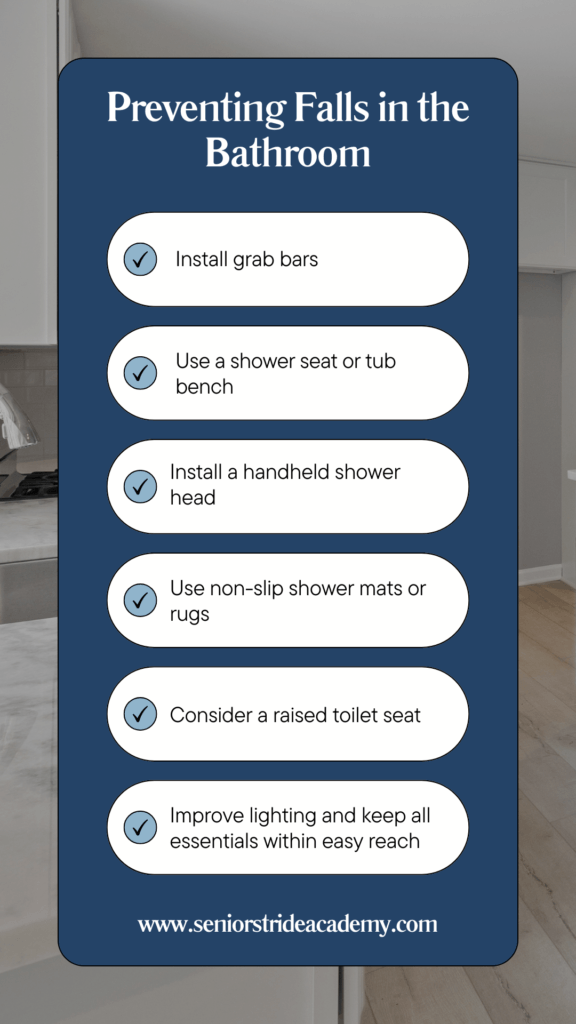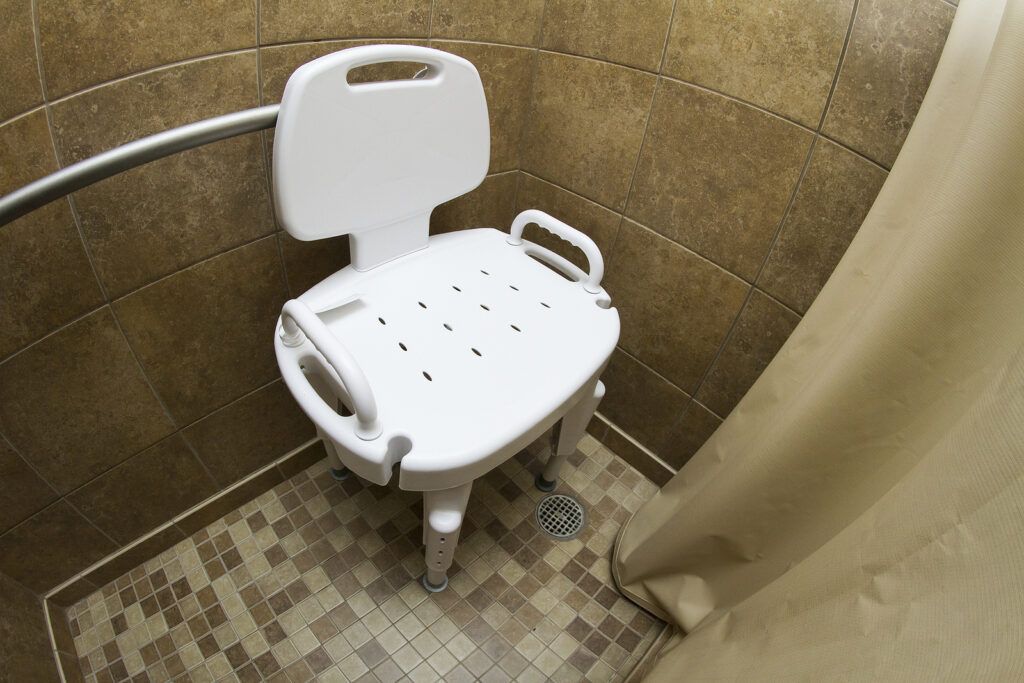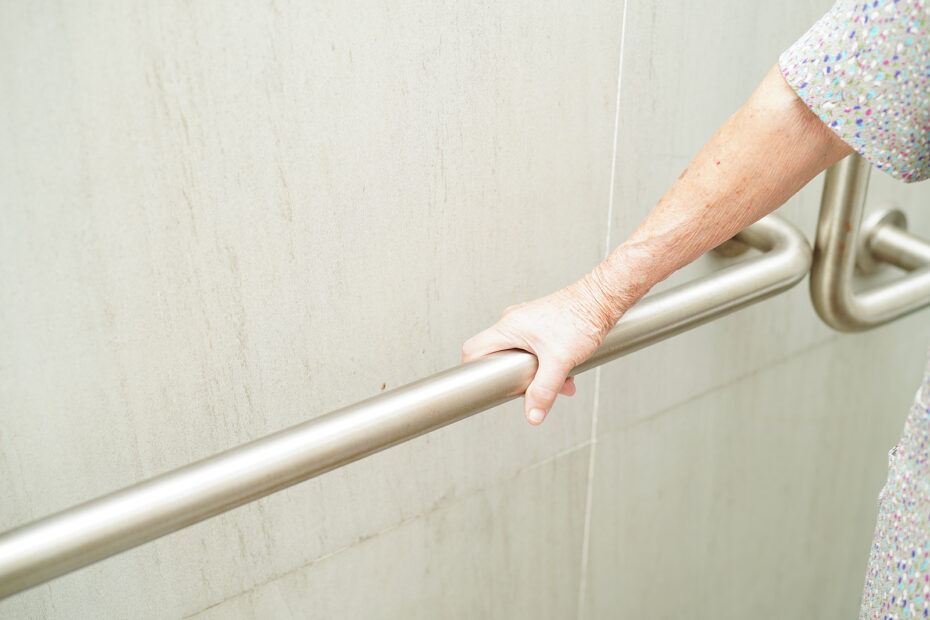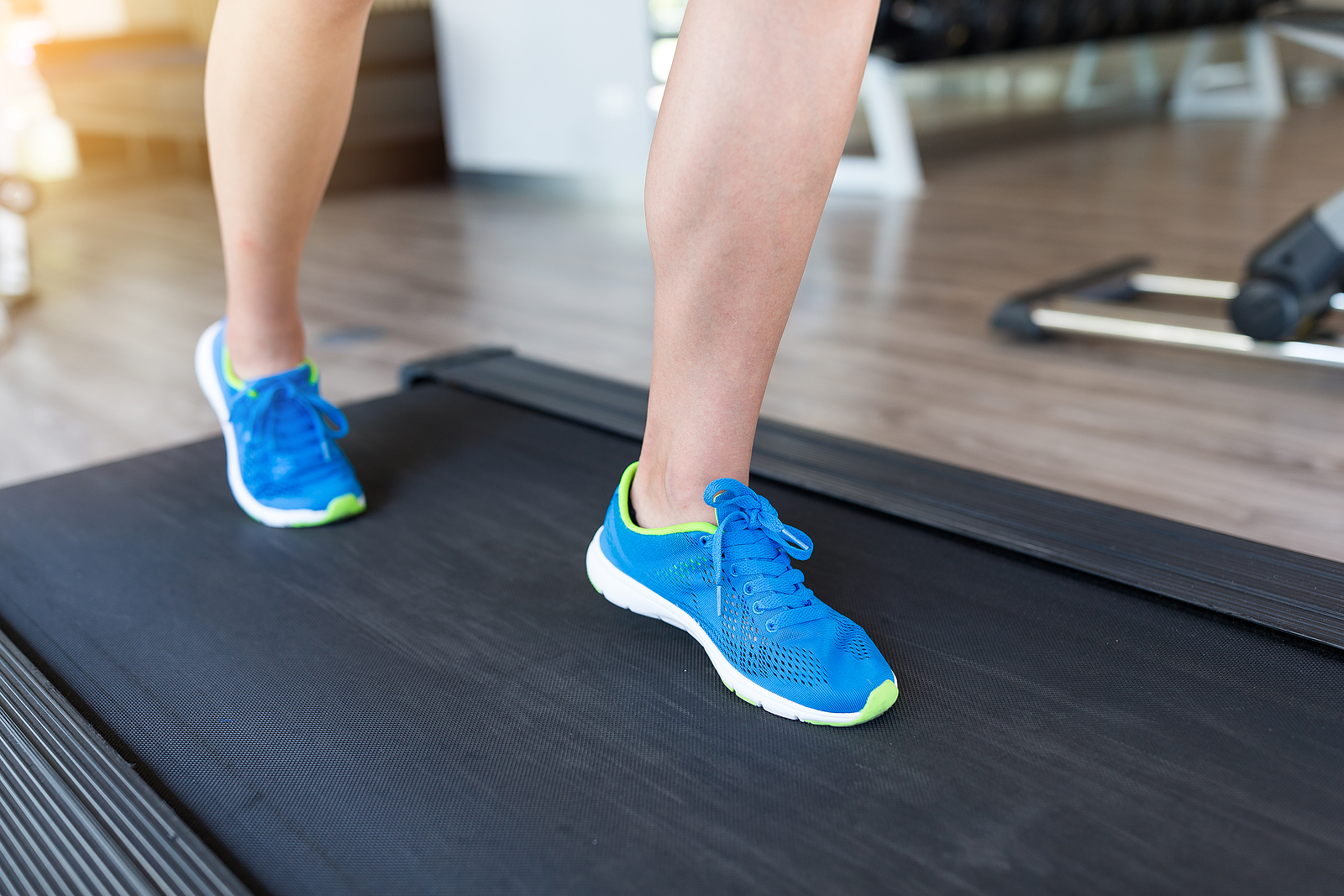The bathroom’s a bad place to fall.
Hard, slippery surfaces everywhere, the fact that we’re often naked and vulnerable, cramped spaces… it’s a bad combination.
And unfortunately, the bathroom is one of the most common places for a fall to occur in the home.
It’s also one of the most dangerous – wet floors, slippery surfaces, and confined spaces make it easy to lose balance and difficult to recover if a fall occurs.
Fortunately, there are several strategies and modifications that can make the bathroom a much safer environment for seniors.
In this post, we’ll go over some practical tips to help prevent falls in the bathroom, ensuring that seniors can maintain their independence and safety at home.
Preventing Falls In The Bathroom
Falls can occur in a lot of different ways in the bathroom.
We might suspect that most folks fall by slipping in the shower, but falls occur in other ways as well.
I know from experience that a lot of seniors tend to lose their balance when stepping into/out of the shower, so making the shower easier to access can drastically improve safety in the bathroom.
I also see a lot of seniors that fall while trying to brush their teeth, wash their face, or perform some other task standing at the sink.
Getting up from the toilet can be another big fall risk, as is tripping on a mat or rug on the floor.
When thinking about fall prevention, it’s all about making these common bathroom tasks easier.
This often entails adding additional support equipment, removing obstacles, or modifying how certain activities are being performed.
(It’s also a good idea to be prepared by knowing how to get up from a fall in case one happens).
Install Grab Bars
Installing grab bars is a quick way to immediately increase the safety in any bathroom.
These sturdy bars provide support when getting in and out of the bathtub or shower, or when standing up from the toilet.
Where to Place Them: Install grab bars inside the shower or bathtub, near the toilet, and along walls where extra support may be needed.
Installation Tips: Ensure that the grab bars are securely anchored into wall studs for maximum stability. Choose bars with a non-slip grip for added safety.
Please do not use the suction-cup style grab bars in the shower!
I know they’re really easy to install, but I’ve seen too patients that’ve had falls when these bars came off the wall during use.
The wall-anchored bars are a little more challenging to install, but it’s worth the extra hassle.

Use a Shower Chair or Tub Bench
For seniors who have difficulty standing for long periods, a shower chair or tub bench can help provide a safe and comfortable option for bathing.
Choosing a Chair: Look for a sturdy chair with non-slip feet and a backrest for support. Some chairs also come with adjustable height settings and armrests.
How to Use: Place the chair inside the shower or tub, allowing the user to sit while bathing. This reduces the risk of slipping and provides stability.
FYI, shower chairs sit completely in the shower/tub, while tub benches extend out over the tub wall, allowing seniors to sit on the bench and slide into the tub.
Tub benches are great because it makes it easier for seniors to get in/out of the tub, but they do take up more space and may not fit in smaller bathrooms.
Install a Handheld Shower Head
A handheld shower head allows seniors to bathe more comfortably while seated, reducing the risk of slipping.
This not only reduces fall risk, but can be a big help for seniors who get tired from having to stand while showering.
Installation: Handheld shower heads are easy to install and can be used with most existing shower setups.
Benefits: This allows for more control and reduces the need to remain standing, making the bathing process safer and more comfortable.
Use Non-Slip Mats and Rugs
Slippery surfaces are a leading cause of falls in the bathroom, but using non-slip mats and rugs can significantly reduce the risk of slipping.
In the Shower or Tub: Place a non-slip mat or adhesive strips on the floor of the shower or bathtub to provide traction.
On the Bathroom Floor: Use non-slip rugs outside the shower or bathtub and near the sink. Ensure that the rugs have a rubberized backing to prevent them from sliding.
Try to avoid simply putting a towel on the floor to act as a bath mat, as these can easily slip when stepping on them.
Upgrade to a Walk-In Shower or Tub
This is a more drastic measure, but if you have the means and are planning for the future, upgrading your existing shower/tub can make a world of difference.
Stepping over the edge of a traditional bathtub can be challenging and dangerous for seniors with limited mobility.
And a walk-in shower or tub is a much safer alternative.
Walk-In Showers: These have low or no thresholds, making it easy to step in and out without lifting your feet too high. Some models include built-in seating, reducing the need to stand for long periods.
Walk-In Tubs: These allow users to open a door and step into the tub without climbing over the edge. Walk-in tubs often come with built-in seating and grab bars for added safety.
Consider a Raised Toilet Seat
A raised toilet seat can make it easier for seniors to sit down and stand up without straining or losing balance.
Not only can these reduce strain and frustration when using the bathroom, but they can prevent falls by reducing the need for seniors to reach and grab onto things that they shouldn’t be.
Installation: Raised toilet seats can be easily installed on most standard toilets. Some models come with armrests for additional support.
Benefits: By reducing the distance to sit, a raised seat minimizes the effort required, helping to prevent dizziness or loss of balance.
Raised toilet seats come in a wide range of styles and varieties.
Some simply attach to your commode, but if you have a little extra room around your toilet, you should consider a 3-in-1 commode because they’re height adjustable, come with arm rests, and can be used as a bedside commode as well.

Improve Lighting
Good lighting is important for preventing falls, especially for seniors who may have vision issues.
Ensure that the bathroom is well-lit at all times, especially at night when seniors may be waking up to go use the bathroom.
Bright Overhead Lighting: Install bright, glare-free overhead lights to illuminate the entire bathroom.
Night Lights: Place night lights in the bathroom and hallway to provide guidance during nighttime visits. Motion-sensor lights are especially useful, as they turn on automatically when someone enters the room.
Keep Essentials Within Reach
Bending over or reaching for items can cause seniors to lose their balance, so keeping all necessary items within easy reach can help prevent falls.
In the Shower or Tub: Use wall-mounted dispensers for soap, shampoo, and conditioner. Alternatively, install a shower caddy at an accessible height to make it easier to access everything.
Around the Sink: Ensure that frequently used items like toothbrushes, razors, and towels are within arm’s reach and don’t require stretching to access.
It’s also important to make sure seniors can easily access their bathrooms in the first place.
This means keeping walking pathways to/from the bathroom clear of any tripping hazards, which is especially important at night.
Use A Chair For Sink Activities
Similar to using a shower seat in the shower, sometimes it can be helpful to place a chair or stool in front of the sink as well.
This allows seniors to remain seated while brushing their teeth, washing their face, or performing any other daily sink activities.
Just make sure the chair doesn’t restrict access to the shower/commode and make sure there’s plenty of room to walk by the chair to enter/exit the bathroom.
Regularly Clean and Maintain
A clean bathroom is a safer bathroom.
Regular cleaning and maintenance can help prevent the buildup of slippery soap scum and other hazards that increase fall risk.
Clean Surfaces: Regularly clean the shower, tub, and floors to remove soap scum, mold, and mildew, which can be slippery.
Check for Leaks: Fix any leaks promptly to prevent water from pooling on the floor. Use bath mats or towels to soak up any excess water after bathing.
Get Professional Help When Needed
If you’re unsure about installing safety features or making modifications yourself, consider hiring a professional.
Home Safety Assessments: Some professionals, like physical therapists (PT) and occupational therapists (OT) offer home safety assessments specifically for seniors. They can identify potential hazards and recommend solutions.
Hiring a Contractor: For more extensive modifications, such as installing a walk-in tub or adding grab bars, hire a licensed contractor to ensure the job is done correctly and safely.
Final Thoughts
Preventing falls in the bathroom is one of the most important considerations for maintaining the safety and independence of seniors.
As mentioned earlier, bathroom falls happen all the time and they can be devastating.
Luckily though, there are things you can do to make your bathroom more senior-friendly.
By making a few simple modifications and adopting safer habits, you can significantly reduce the risk of falls and create a bathroom environment that is both functional and secure.
If you’re concerned about bathroom safety, don’t hesitate to consult with a healthcare provider or professional who can offer personalized advice and assistance.
Because with the right precautions in place, seniors can enjoy a safer, more comfortable bathroom experience.
Well, that about does it.
I hope you found this helpful and if you have any questions or comments you’d like to add, just leave ’em below and get back to you in no time.



